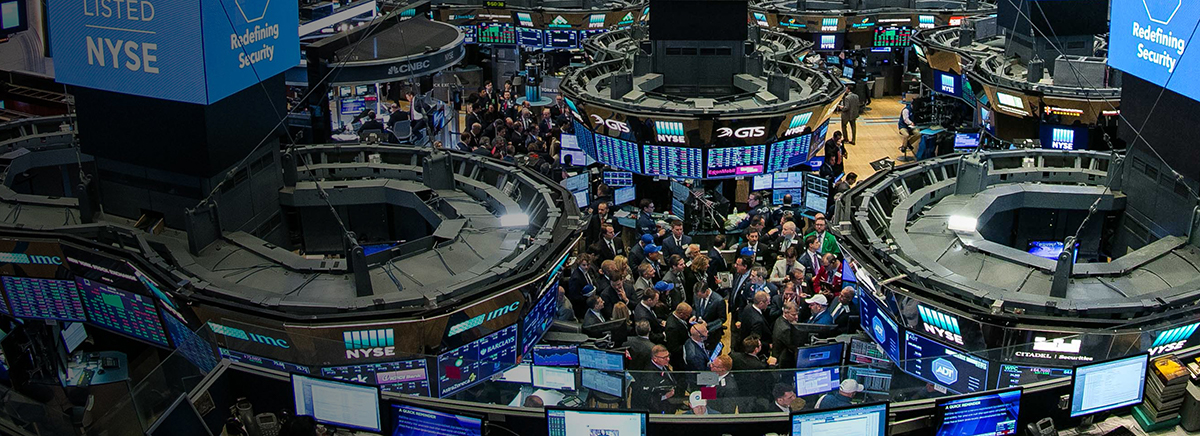
Explaining Parity / Priority
Why trading on the NYSE is different to every other market
The New York Stock Exchange is one of the only global exchanges that continues to offer floor-based trading in a way that retains the benefits of human judgment, while still giving investors the ease of electronic trading.
The market participants operating from the NYSE trading floor — Designated Market Makers (DMMs) and floor brokers who execute trades on behalf of their clients — both play an important role in NYSE’s unique market model, which delivers better market quality and democratized market access by de-emphasizing speed and rewarding those who set the best price.
NYSE’s unique execution model explained
Most securities markets operate on the basis of Price/Time priority. This means that orders are executed based on best price, and if multiple orders are at the same price, an order with an earlier time trades first. NYSE is the only U.S equity exchange that uses a unique “parity/priority” allocation model that is designed to promote deep liquidity, and superior market quality.
NYSE rewards those who set the best price, then allocates the remaining shares to other orders that match that price — rather than simply executing trades based on who is next in the queue.
By sharing the allocation among those who post the best price, rather than based on how quickly they place the order, institutional investors benefit from better fill rates, execution costs, and the ability to share executions at the same price as faster participants.
This model promotes broader participation from all customer segments, deeper liquidity and superior market quality.
An example of Parity / Priority in action
Order Entry on NYSE
- Order #1 is entered in the Electronic Book to sell 3,000 shares at $5.30. This establishes the new National Best Offer (i.e. this Order sets the NBBO)
- Floor Broker #1 enters an order on behalf of an institutional investor to sell 1,000 shares at $5.30
- DMM enters an order to sell 1,000 at $5.30
- Order #2 is entered in the Electronic Book to sell 2,000 shares at $5.30
- Order #3 to buy 3,900 shares "at the market"
Allocation of Execution
- Order #1, as the price setter, receives full allocation of 3,000 shares based on priority share allocation
- Remaining 900 shares of the buy order allocated on parity and is split equally:
- Floor Broker #1 sells 300 shares, leaves 700 shares unexecuted
- DMM sells 300 shares, leaves 700 shares unexecuted
- Order #2 sells 300 shares, leaves 1,700 shares unexecuted
The New York Stock Exchange is committed to offering issuers and investors with a choice of trading venues to best serve their needs. This is why the NYSE Group operates five distinct markets, each with its own market model,pricing and market mechanism.
Learn more about NYSE’s market model and floor based trading.
Resources
Why NYSE's Closing Auction is crucial for modern markets
Twenty years ago, trading shares in a company was a simple business. You could call a broker and they would buy or sell shares in a company on your behalf, sending the order to the listing market, either the New York Stock Exchange or Nasdaq, to get the best price.
D Order — The Floor Broker's modern trading tool
NYSE Floor Brokers operate on an agency basis on behalf of institutional investors and broker-dealers, including market participants representing retail investor interest. Traditionally, Floor Brokers at the NYSE had substantial discretion and flexibility when representing customer orders manually on the trading floor.
d-Quote: The floor broker's modern trading tool
D Orders use technology to replicate the Floor Broker’s traditional manual role to exercise discretion at what price he or she is willing to buy or sell in reaction to contra-side orders, both in continuous trading and in auctions. Because D Orders permit Floor Brokers to interact with contra-side orders at a range of prices, they offer additional flexibility over Market on Close orders (MOCs) and Limit on Close orders (LOCs) residing in the electronic order book.